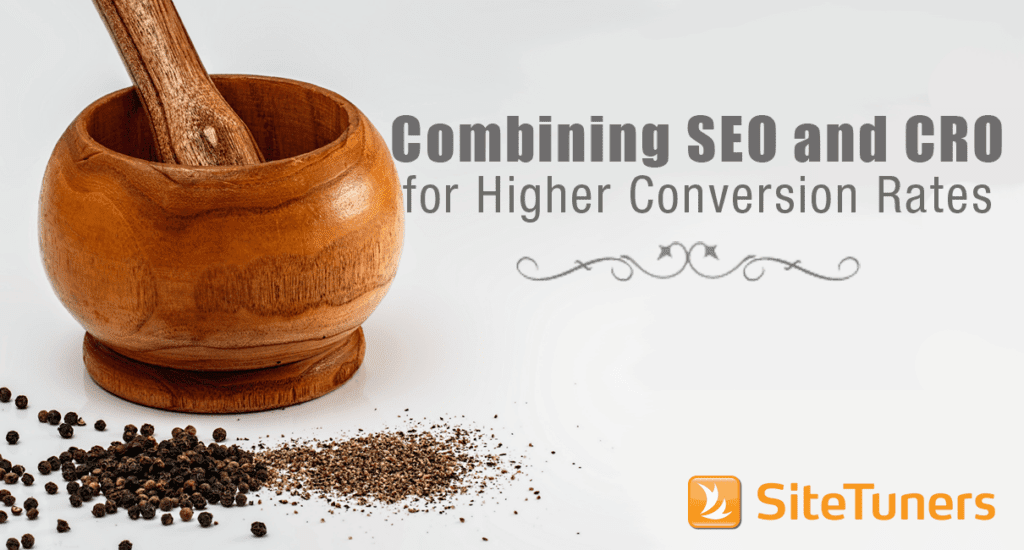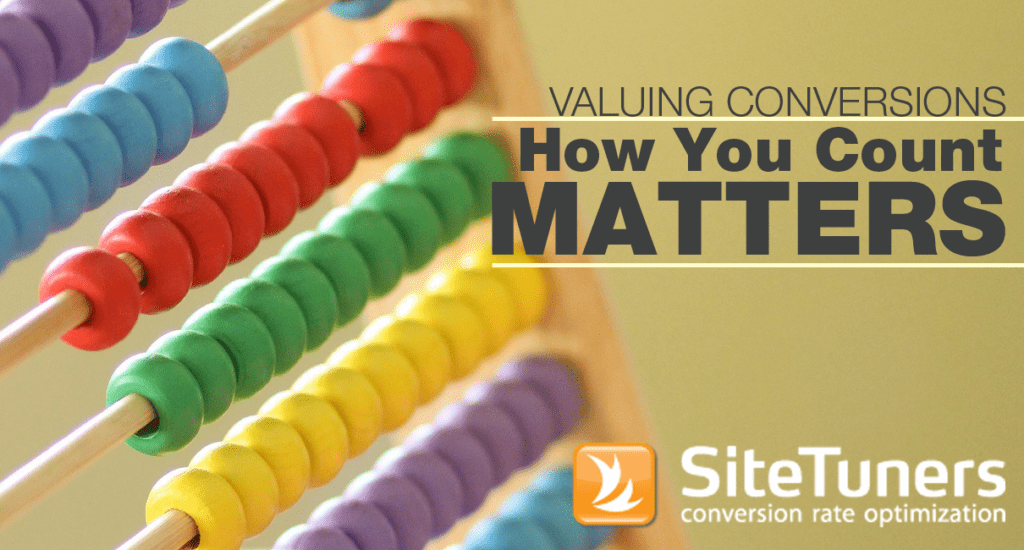 Purely online businesses have enough differences from strictly brick and mortar presences that a lot of people often forget about the potential synergy.
Purely online businesses have enough differences from strictly brick and mortar presences that a lot of people often forget about the potential synergy.
That’s a shame, because for those who actually have both, there’s a lot of cross-channel benefits to be had. From smart campaign links on posters and brochures to improving SEO in creative and unusual ways, there’s a myriad of ways to benefit from combining efforts on both channels.
Don’t forget to use physical ads
When you have AdWords, and display campaigns, and YouTube ads, and a range of other online channels to advertise on, using posters, leaflets, and physical brochures can seem … dated.
That said, using physical ads doesn’t have to be backward looking.
You can put in smart campaign links on your physical collaterals, like www.example.com/campaign, so they are easy to type in for users. You can also redirect those to a place you track with campaign codes, (say, www.example.com/fall-campaign?utm_source=leaflet&utm_medium=offline&utm_content=seattle&utm_campaign=physical) so you know the users are coming off of an offline link.
That’s hardly the only integration you can have between physical ads and your online presence, though. You can also start to own more branded searches, and even some industry searches.
Make people search your brand and an industry term
Say you have a local TV ad, or a business card, and you have all the usual items you can expect from them – your TV ad has your unique selling proposition, your business cards have your name, number, and branding.
Now, let’s say you added one thing:
Search for Wesco boots on Google
Of course, instead of Wesco, you’ll use your own brand name. And instead of boots, you’ll use an industry term that’s important in your space. The key is to make users search for your brand with an industry term, getting Google to associate those things.
This does a few things, all of them beneficial.
- It leads to more brand searches for your site, and surfaces your site and reviews
- It associates your brand, in this case Wesco, with one of your target industry terms, in this case, boots
- Once enough people conduct that search, Google will start “suggesting” with the industry term and your brand as users type in their query
That’s good for your brand and good for search engine optimization, and on top of that, a lot of your competitors probably aren’t doing it yet. Not bad for an offline synergy tactic, right?
Use online data for offline prioritization
Chances are, your offline and online data are pretty separate.
That’s a shame, because if you check your offline data, you might be able to run some pretty interesting tests featuring products that sell really well on your product category pages. Likewise, if you check which online items sell the best, you might be able to feature those more prominently on your brick and mortar stores, and check if they also sell really well.
The idea is to improve both your online and offline presence by sharing data between channels.
Putting It All Together
Having both an online and offline channel can be beneficial, provided you know what you are doing.
If you …
- use physical ads with tracked campaign URLs,
- make people search your brand and an industry term and capitalize on the SEO gains, and
- use both offline and online data to improve channels
… you’re much more likely to make significant gains.

